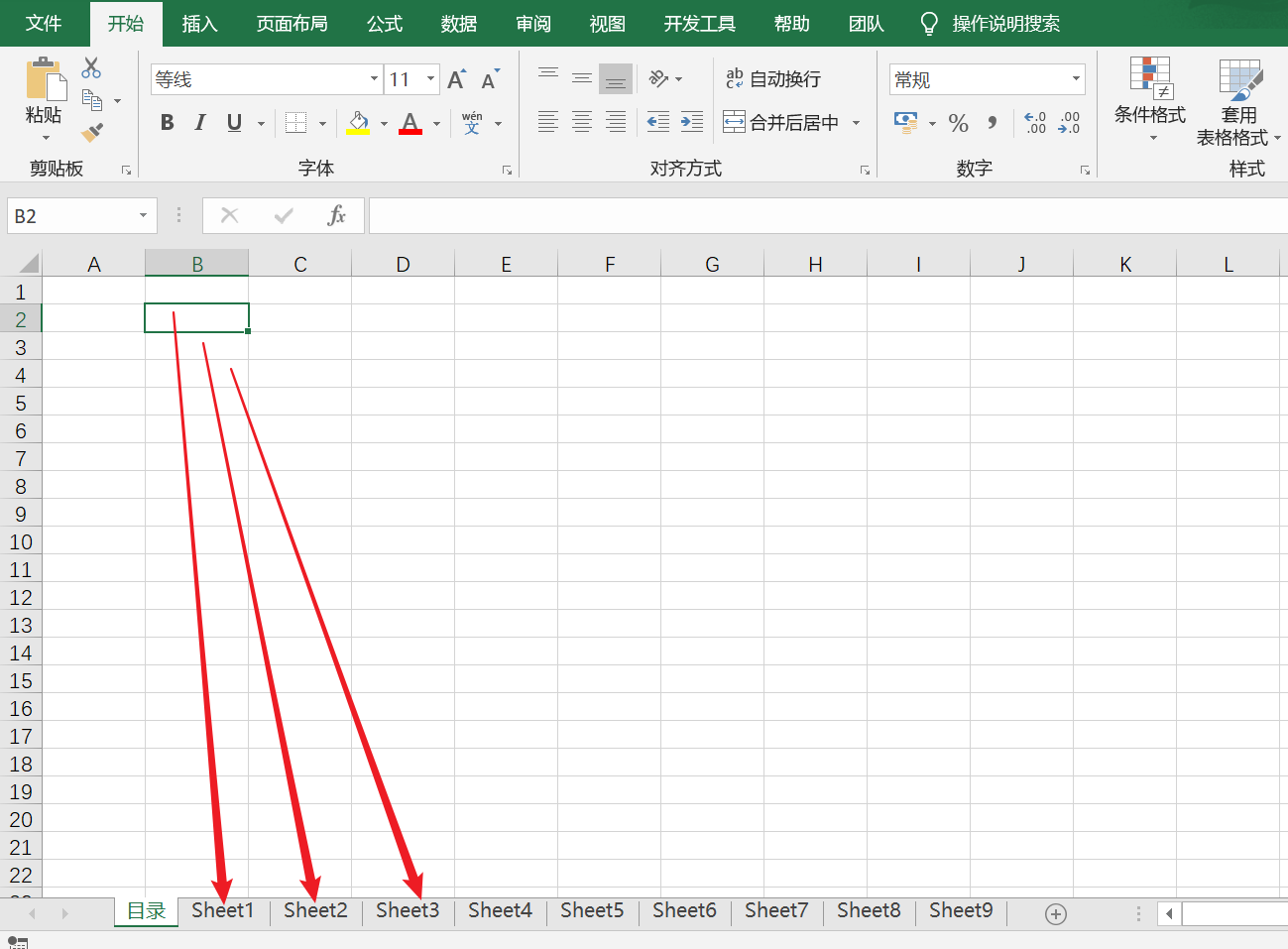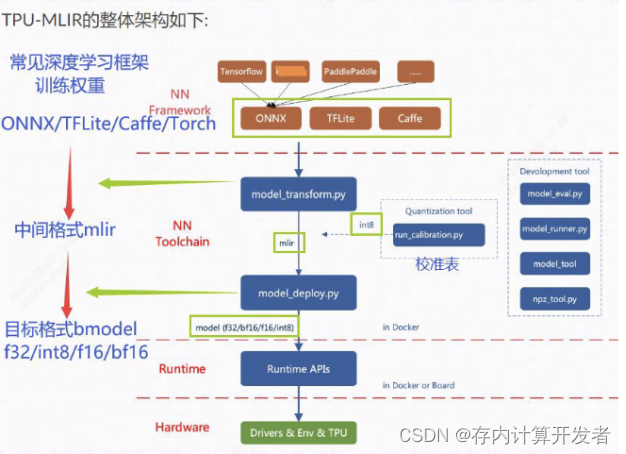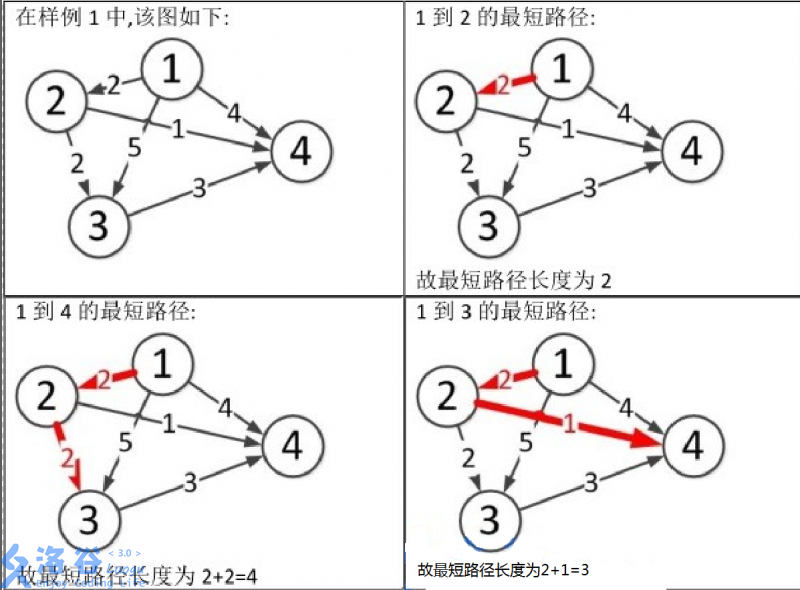概念
首先,逻辑回归属于分类算法,是线性分类器。我们可以认为逻辑回归是在多元线性回归的基础上把结果给映射到0-1的区间内,hθ(x)越接近1越有可能是正例,反之,越接近0越有可能是负例。那么,我们该通过什么函数把结果映射到0-1之间呢?
Sigmoid函数
在这里,我们实际上是把作为变量传入,得到
import numpy as np
import math
import matplotlib.pyplot as plt
def sigmoid(x):
a =[]
for item in x:
a.append(1.0/(1.0+math.exp(-item)))
return a
x = np.arange(-15,15,0.1)
y = sigmoid(x)
plt.plot(x,y)
plt.show() 
这里我设定的自变量范围为[-15,15],但实际上sigmoid函数定义域为[-inf,+inf]。当自变量为0时,函数值为0.5。
分类器的任务就是找到一个边界,这个边界可以尽可能地划分我们的数据集。当我们把0.5作为边界时,我们要找的就是的解,即θ.TX = 0时θ的值。
广义线性回归
伯努利分布
如果随机变量只能取0和1两个值,则称其服从伯努利分布。
记作
p为正例概率,即当x=1时的概率。但是我们发现这样的分段函数比较难求它的损失函数。为了将分段函数整合,我们先引入广义线性回归的概念。
广义线性回归
当考虑一个分类或者回归问题时,我们就是想预测某个随机变量y,y是某些特征x的函数。为了推广广义线性模式,我们做出三个假设。
一,P(y|(x,θ)) 服从指数族分布。
二,给定x,我们的目的是为了预测T(y)在条件x下的期望,一般情况T(y) = y,这就意味着我们希望预测h(x) = E(y|x)。
三,参数η和输入x是线性相关的,η=θ.TX
指数族分布(The Exponential Family Distribution)
指数族分布有:高斯分布,二项分布,伯努利分布,多项分布,泊松分布,指数分布,beta分布,拉普拉斯分布,γ分布。对于回归来说,如果y服从某个指数分布,那么就可以用广义线性回归来建立模型。
通式为
或者
η:自然参数,在线性回归中
T(y):充分统计量,一般情况下为y
a(η):对数部分函数,这部分确保分布积分结果为1。
伯努利分布其实也是指数族分布的一种,推导证明:
在这里,我们成功地将分段函数整合在一个等式中,方便求解后面的损失函数。
φ:正例概率。
y:1或0,正例或负例。
对比
由此可知,
我们发现,这与sigmoid函数推导出来的结果是一致的,这便是逻辑回归使用sigmoid函数的原因。
损失函数推导
我们使用最大似然估计(MLE),根据若干已知的X,y找到一组w使得X作为已知条件下y发生的概率最大。
sigmoid(w,x)输出的含义为P(y=1|w,x),即在w,x条件下正例概率,那么负例概率P(y=0|w,x) = 1-sigmoid(w,x)。
只要让我们的sigmoid(w,x)函数在训练集上预测概率最大,sigmoid(w,x)就是最好的解。
分段函数显然不符合我们的要求,我们将其变形为
我们假设训练样本相互独立,那么似然函数
自然而然,我们两边取对数
这里我们发现,整个过程和线性回归十分相似,首先构造似然函数,再用最大似然估计,最后得到θ更新迭代的等式,只不过这里不是梯度下降,而是梯度上升,习惯上,我们使用梯度下降。
所以损失函数为
梯度下降
我们发现,最终的梯度公式与线性回归很相似,这是因为它们都是广义线性回归中来的,服从的都是指数族分布。
代码实现
from sklearn.datasets import load_breast_cancer
from sklearn.linear_model import LogisticRegression
from sklearn.preprocessing import scale
import numpy as np
import matplotlib.pyplot as plt
from mpl_toolkits.mplot3d import Axes3D
data = load_breast_cancer()
X,y = data['data'][:,:2],data['target']
lr = LogisticRegression(fit_intercept=False)
lr.fit(X,y)
w1 = lr.coef_[0,0]
w2 = lr.coef_[0,1]
def p_theta_function(features,w1,w2):
z = w1*features[0] + w2*features[1]
return 1/(1+np.exp(-z))
def loss_function(samples_features,samples_labels,w1,w2):
result = 0
for features,label in zip(samples_features,samples_labels):
p_result = p_theta_function(features,w1,w2)
loss_result = -1*label*np.log(p_result) - (1-label)*np.log(1-p_result)
result += loss_result
return result
w1_space = np.linspace(w1-0.6,w1+0.6,50)
w2_space = np.linspace(w2-0.6,w2+0.6,50)
result1_ = np.array([loss_function(X,y,i,w2)for i in w1_space])
result2_ = np.array([loss_function(X,y,w1,i)for i in w2_space])
fig = plt.figure(figsize=(8,6))
plt.subplot(2,2,1)
plt.plot(w1_space,result1_)
plt.subplot(2,2,2)
plt.plot(w2_space,result2_)
w1_grid,w2_grid = np.meshgrid(w1_space,w2_space)
loss_grid = loss_function(X,y,w1_grid,w2_grid)
plt.subplot(2,2,3)
plt.contour(w1_grid,w2_grid,loss_grid)
plt.subplot(2,2,4)
plt.contour(w1_grid,w2_grid,loss_grid,30)
fig_2 = plt.figure()
ax = fig_2.add_axes(Axes3D(fig_2))
ax.plot_surface(w1_grid, w2_grid, loss_grid, rstride=1, cstride=1, cmap=plt.get_cmap('rainbow'))
ax.contourf(w1_grid, w2_grid, loss_grid,zdir='z', offset=-2, cmap=plt.get_cmap('rainbow'))
print("θ1 = ",w1)
print("θ2 = ",w2)
plt.show()

观察图像,我们发现w1,w2两个维度不均匀,等高线组成的是椭圆,在这里,我们使用正则化稍微约束一下。
from sklearn.datasets import load_breast_cancer
from sklearn.linear_model import LogisticRegression
from sklearn.preprocessing import scale
import numpy as np
import matplotlib.pyplot as plt
from mpl_toolkits.mplot3d import Axes3D
data = load_breast_cancer()
X,y = scale(data['data'][:,:2]),data['target']
lr = LogisticRegression(fit_intercept=False)
lr.fit(X,y)
w1 = lr.coef_[0,0]
w2 = lr.coef_[0,1]
def p_theta_function(features,w1,w2):
z = w1*features[0] + w2*features[1]
return 1/(1+np.exp(-z))
def loss_function(samples_features,samples_labels,w1,w2):
result = 0
for features,label in zip(samples_features,samples_labels):
p_result = p_theta_function(features,w1,w2)
loss_result = -1*label*np.log(p_result) - (1-label)*np.log(1-p_result)
result += loss_result
return result
w1_space = np.linspace(w1-0.6,w1+0.6,50)
w2_space = np.linspace(w2-0.6,w2+0.6,50)
result1_ = np.array([loss_function(X,y,i,w2)for i in w1_space])
result2_ = np.array([loss_function(X,y,w1,i)for i in w2_space])
fig = plt.figure(figsize=(8,6))
plt.subplot(2,2,1)
plt.plot(w1_space,result1_)
plt.subplot(2,2,2)
plt.plot(w2_space,result2_)
w1_grid,w2_grid = np.meshgrid(w1_space,w2_space)
loss_grid = loss_function(X,y,w1_grid,w2_grid)
plt.subplot(2,2,3)
plt.contour(w1_grid,w2_grid,loss_grid)
plt.subplot(2,2,4)
plt.contour(w1_grid,w2_grid,loss_grid,30)
fig_2 = plt.figure()
ax = fig_2.add_axes(Axes3D(fig_2))
ax.plot_surface(w1_grid, w2_grid, loss_grid, rstride=1, cstride=1, cmap=plt.get_cmap('rainbow'))
ax.contourf(w1_grid, w2_grid, loss_grid,zdir='z', offset=-2, cmap=plt.get_cmap('rainbow'))
print("θ1 = ",w1)
print("θ2 = ",w2)
plt.show()
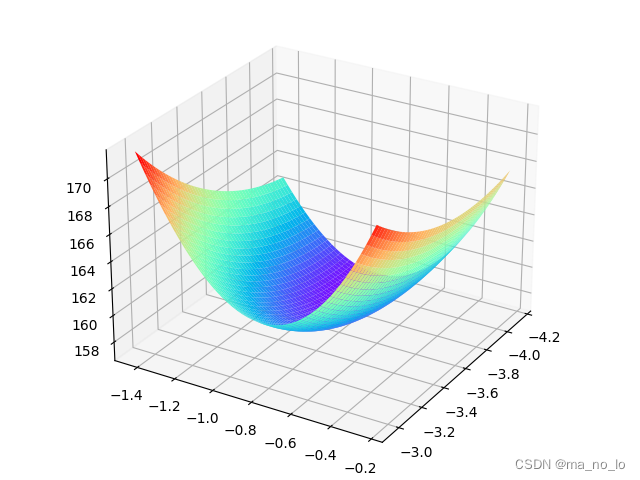

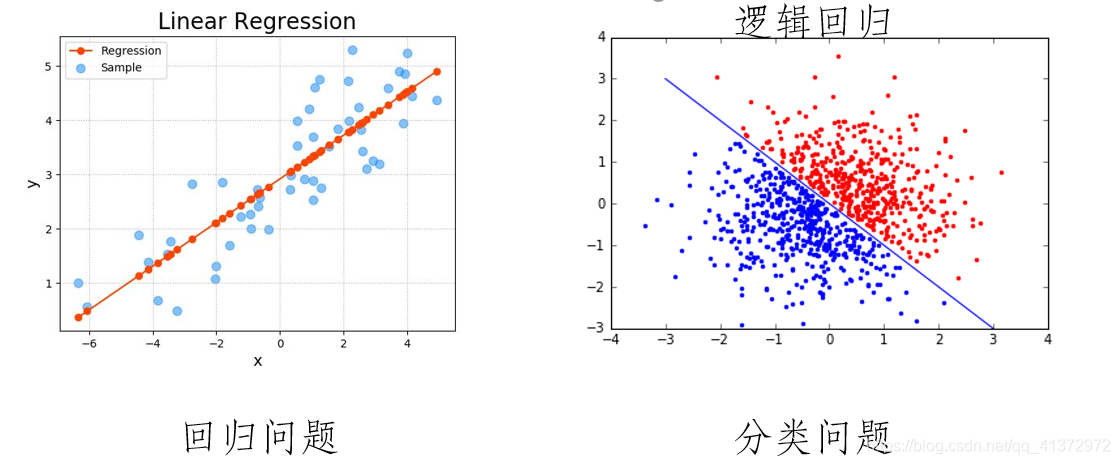


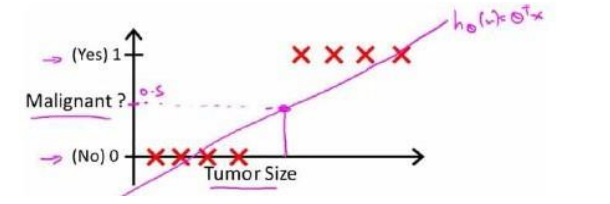
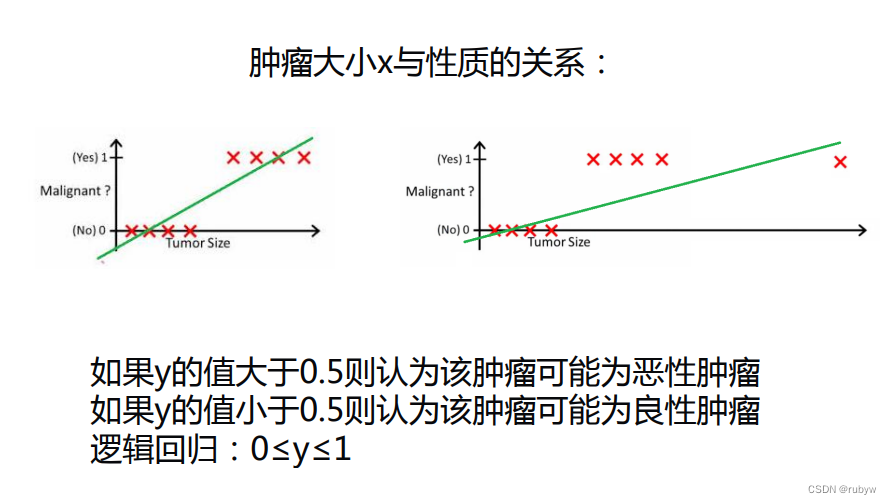


























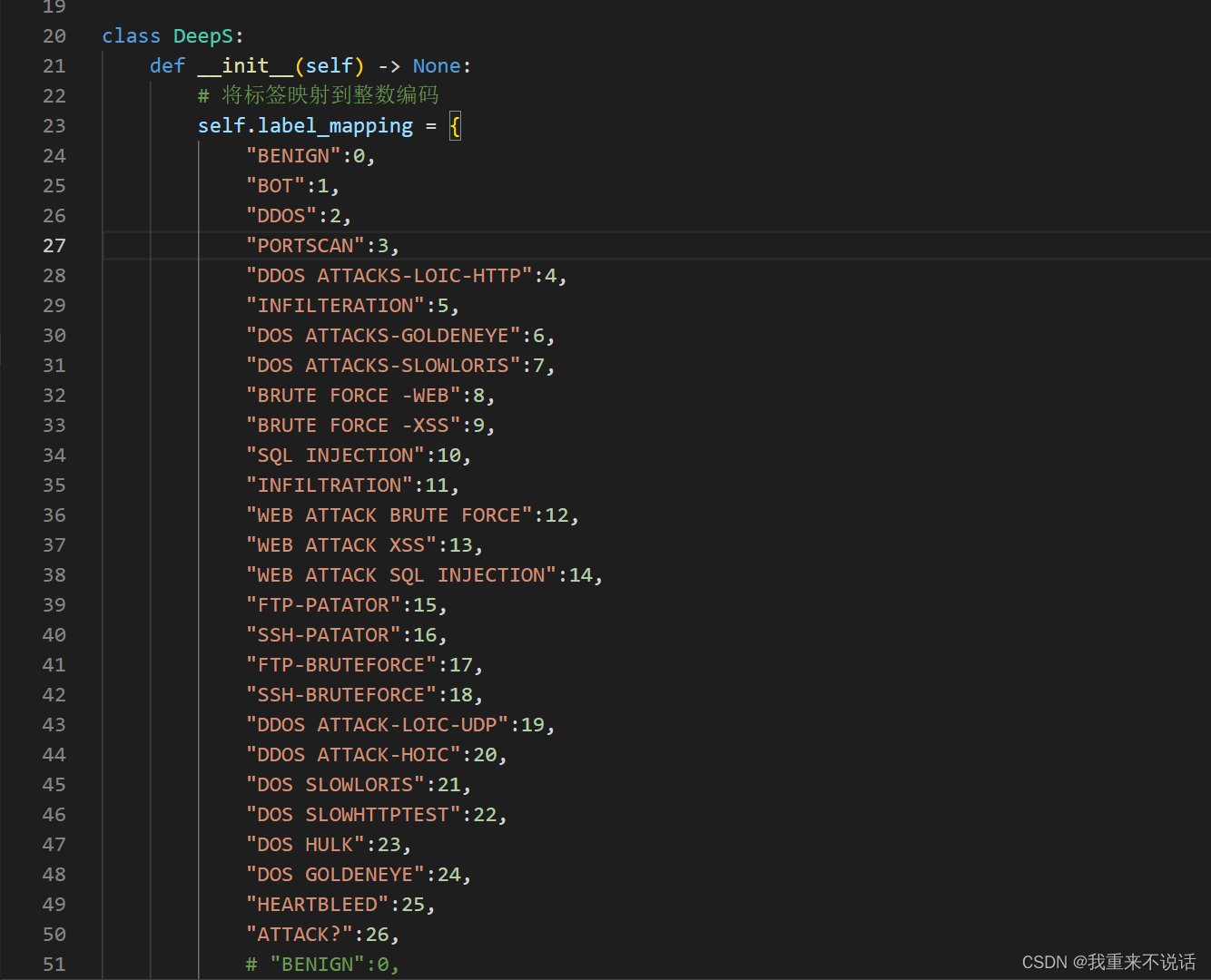

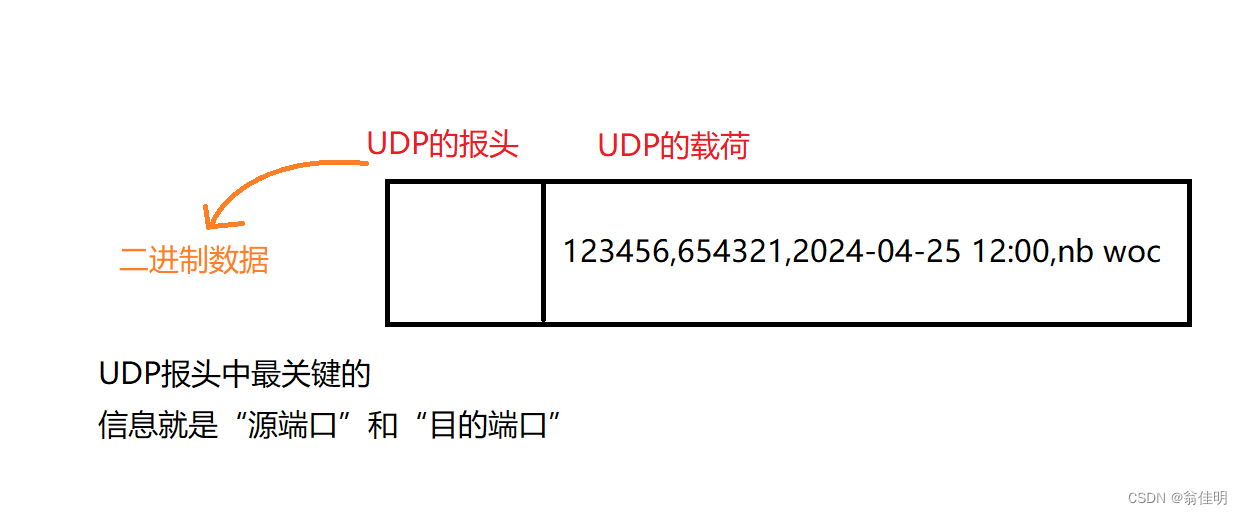






![正点原子[第二期]Linux之ARM(MX6U)裸机篇学习笔记-8.1](https://img-blog.csdnimg.cn/direct/ef5b28ed0d984030b496699f7462d447.png)

